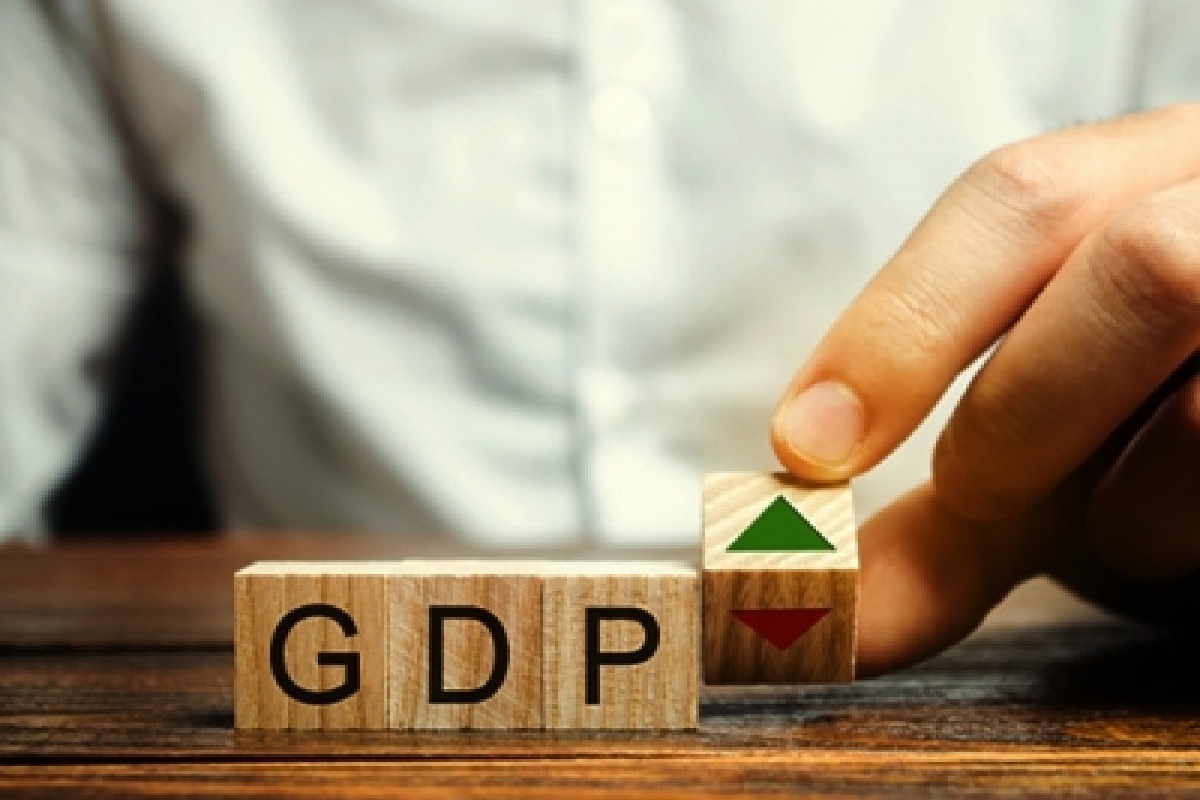RBI Deputy Governor Michael Debabrata Patra on Wednesday said forecasts indicate that generative artificial intelligence could add between USD 359 billion and USD 438 billion to India’s GDP by 2029-30.
The adoption of AI in production processes by Indian firms has risen from 8% in 2023 to 25% in 2024.
Advertisement
“It is estimated that generative AI itself could increase global GDP by $7-10 trillion over the next three years. Large language models are estimated to increase the productivity levels of workers by 8 to 36%,” the RBI DG said.
“Over the past three decades, the digital revolution has been transforming the world, eclipsing all past revolutions. It is estimated that the global digital economy accounts for more than 15% of global GDP,” he added.
“India is at the forefront of the digital revolution. Financial technology (FinTech) is speeding up digital payments.”
“The India Stack is expanding financial inclusion, galvanising banking infrastructure and public finance management systems covering both direct benefit transfers and tax collections. Vibrant e-markets are springing up and expanding their reach,” he said.
The DG further added that India is uniquely positioned to unlock new growth avenues and optimise existing ones with its digital public infrastructure (DPI), a vibrant information technology (IT) sector and a burgeoning youth population, including one of the largest AI talent bases.
He also mentioned that an AI-assisted review of the latest annual reports of Indian banks reveals various instances of productivity gains by SCBs from digitalisation.
Talking further in terms of digitalisation, he said the micro-level evidence from surveys of Indian banks shows that while all of them have implemented mobile and internet banking, 75% offer online account opening, digital KYC, and digitally enabled doorstep banking.
Additionally, 60% provide digital lending, 50% offer payment aggregator services, 41% use chatbots, 24% have adopted open banking, and 10% have integrated Internet of Things (IoT) technology.











